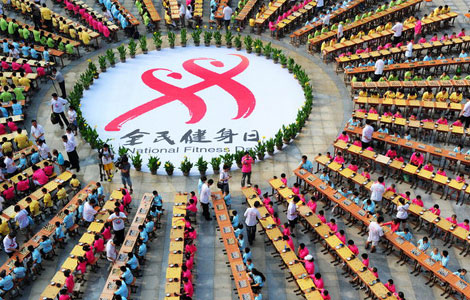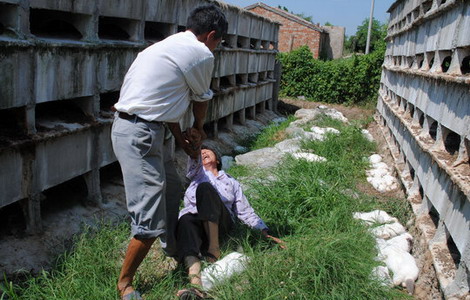China eyes high school enrollment rate of 90%
Updated: 2011-08-08 17:17
(Xinhua)
|
|||||||||||
BEIJING - Enrollment rates for China's senior high schools will reach 90 percent over the next decade, according to the Outline for the Development of Chinese Children (2011-2020), published on Monday.
According to the outline, the enrollment rate reached 82.5 percent as of the end of 2010, a result of the implementation of the previous outline in the previous ten years.
China will accelerate educational development in senior high schools by gradually boosting financial investment and aid to schools in its impoverished central and western regions, the outline said.
It also vowed to ensure compulsory education for migrant children.
"The education of migrant children should be supervised by the government in the children's current living places," it said, adding that measures should be made to ensure that the students attend matriculation exams in the areas they are currently living in.
The education of migrant children has often been ignored by local authorities, as previous regulations only ensured their education in their birthplaces.
Rural children whose parents have left their hometowns to work in cities have also been promised access to rural boarding schools, the outline said.
The outline also vowed to popularize preschool education and increase the number of public kindergartens in urban areas.
"About 95 percent of children should receive preschool education one year ahead of primary schooling, while 70 percent of them should do so three years ahead," the outline said.
The enrollment rate for preschool education was 56.6 percent as of the end of 2010, statistics showed.
The document also established new goals in the fields of health, education, welfare, social environment and legal protection.
Relevant policies will be made to guarantee children's rights to subsistence, development, protection and participation, according to the outline.
The outline aims to boost children's physical and mental health, as well as to narrow the development gap between children from urban and rural areas.
Related Stories
China to raise college enrollment rate in Tibet 2011-07-18 13:20
Lower enrollment has Chinese universities scrambling 2011-06-06 18:07
Hot Topics
Anti-Gay, Giant Panda, Subway, High Speed Train, Coal Mine, High Temperature, Rainstorm, Sino-US, Oil Spill, Zhu Min
Editor's Picks

|

|

|

|

|

|







